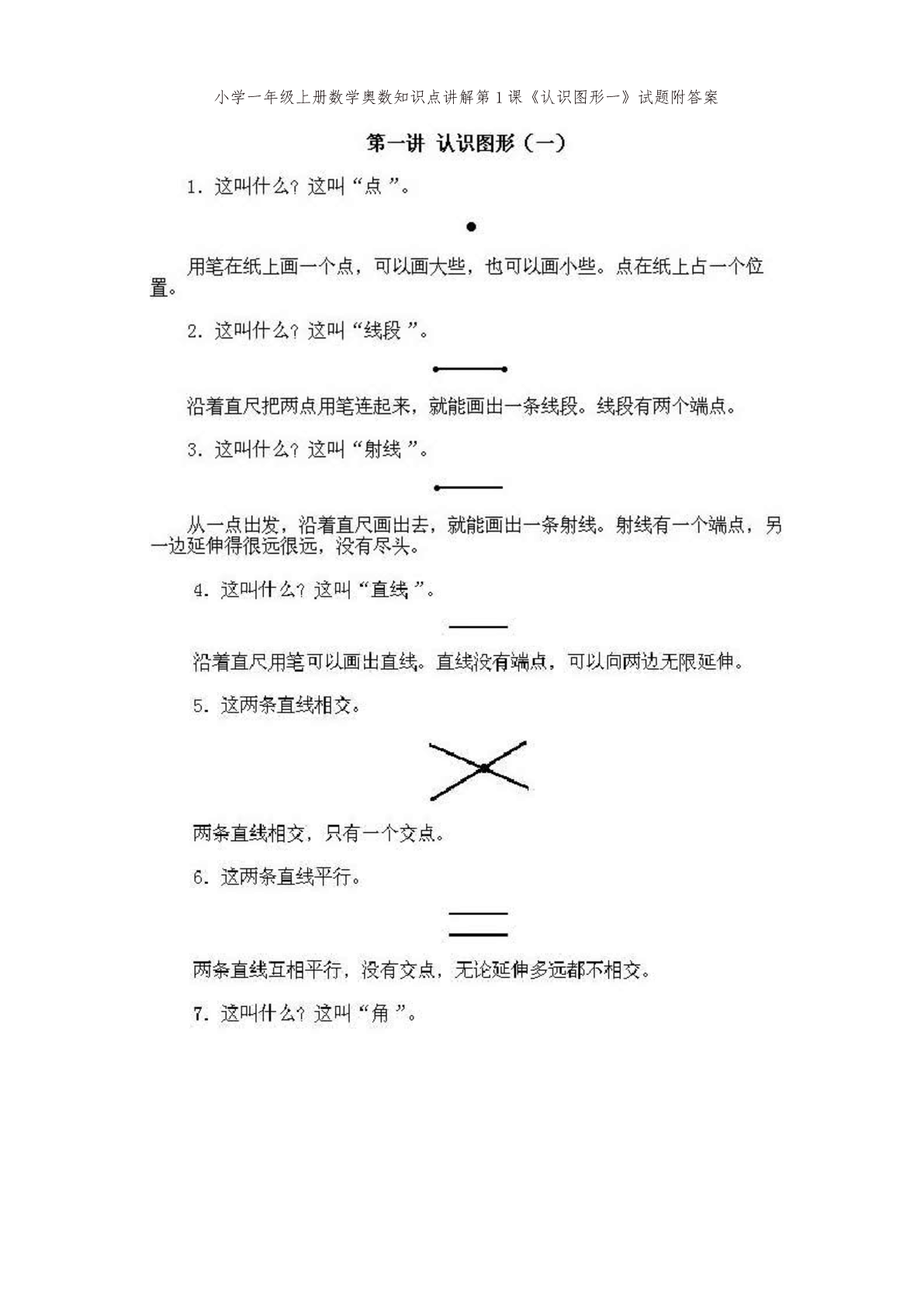









相关文档
(精品word)基于单片机的自动窗帘设计
星级:









 47页
47页










基于单片机的自动窗帘系统毕业设计
星级:









 116页
116页










基于单片机的遥控窗帘设计本科论文
星级:









 24页
24页










本科毕业设计---基于51单片机的智能窗帘控制系统设计与实现
星级:









 35页
35页










毕业设计(论文)-基于51单片机的智能窗帘控制系统
星级:









 21页
21页










毕业论文-基于89S52单片机的遥控窗帘课程设计
星级:









 23页
23页










毕业论文-基于89S52单片机的遥控窗帘设计
星级:









 31页
31页










基于单片机的红外遥控窗帘设计论文(含C语言源程序)
星级:









 42页
42页










基于51单片机的智能窗帘控制系统设计与实现毕业论文
星级:









 36页
36页










基于单片机自动控制窗帘设计(纯属原创)
星级:









 21页
21页



























